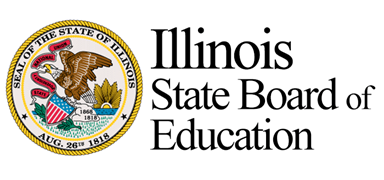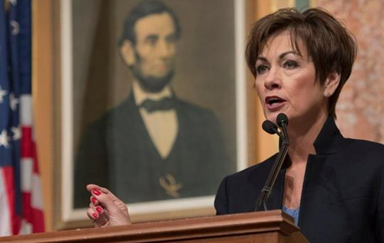Want better attendance? Look at principal quality – By Linda Jacobson, Education Dive
Principals have just as much impact on student attendance as they do student achievement — especially in urban and high-poverty schools where unexcused absence rates can be almost twice as large as those in suburban and rural schools, a new study finds.
Replacing a principal whose prior schools have had poor attendance with one whose past schools had high attendance rates decreases absenteeism among all students by an average of 0.8 percentage points — or 1.4 days less during a 180-day school year, finds Brendan Bartanen, an assistant professor at Texas A&M University.
Bartanen, whose work has focused on the effects of principal turnover, examined data on 3,100 Tennessee principals from 2006-07 through 2016-17. He finds that the principal effect also lowered the chances that a student would be chronically absent by 4 percentage points.
“From the perspective of policymakers and district leaders, my results suggest that intervening with principals could be an effective means to address high rates of chronic absenteeism,” Bartanen wrote in Educational Researcher.

In Illinois state board’s $9.64 billion budget ask: more money for teacher recruitment, testing – By Yana Kunichoff, Chalkbeat
In a year when the governor has called on every department to pare down spending, the Illinois State Board of Education wants to bump up the education budget by 8.6%, including infusions into state testing, early childhood education, and teacher training and hiring.
The vast majority of the state board’s $9.64 billion request would go to school districts — $7.7 billion, or a 7% increase. The board also wants to boost the early childhood education block grant by $100 million, less than what advocates have sought.
The board proposes $1.1 million for a new department that would help schools end practices of restraint and seclusion, which were detailed in a ProPublica investigation. The board also wants $10 million more for state assessments, to total $57 million, including a revamp of the annual Illinois Assessment for Readiness.
To address a dire teacher shortage, the board seeks $44 million for recruiting bilingual educators, mentoring new teachers and principals, offering a path for career and technical education teachers, and other investments into teachers. Illinois has 1,800 teacher vacancies this school year.

Gov. Kim Reynolds proposes state bureau to help prevent school shootings – from The Gazette
Two years after signing a law requiring each of Iowa’s 327 school districts to submit safety plans and undergo training drills, Gov. Kim Reynolds said Tuesday she would form a state government bureau to focus on helping schools protect students and staff from threats like school shootings.
Iowa schools have developed safety plans for each building as well as training programs to prevent and respond to threats of violence under the 2018 requirement, which was passed in the wake of several school shootings including a mass shooting at Marjory Stoneman Douglas High in Parkland, Fla.
But Reynolds told her weekly news conference she wants legislators to provide $2 million to add special agents who can work with local law enforcement, school administrators and others to better communicate and coordinate on preventive measures focused on training, reporting and investigation.
“This is the next logical step to take,” said Reynolds in announcing the creation of the Iowa Governor’s School Safety Bureau in conjunction with the Iowa Department of Public Safety and the Iowa Department of Education.

Governor Kim Reynolds, from governor.iowa.gov
Where have all the children gone? – By Tim Logan, the Boston Globe
Boston has added a lot of people in recent decades, but the number of school-age children has dropped dramatically.
That’s the thrust of a study set to be released Wednesday by The Boston Foundation that highlights the dwindling number of children — particularly middle-class children — in an otherwise-growing and thriving city. Since 2000, according to the report, the population of school-age children in Boston has fallen by nearly 10,000 — down about one-tenth — even as the city as a whole has added 10 times that many people.
Reasons, researchers say, range from the high cost of housing to the perception that the city’s public school system is inferior. For some families, it boils down to a preference to raise their children in roomier suburbs.
The result of the slow-moving exodus is a city with barely half as many children as it had in 1950. And those who remain are likely to be in families that are poorer, on average, than the city as a whole.












